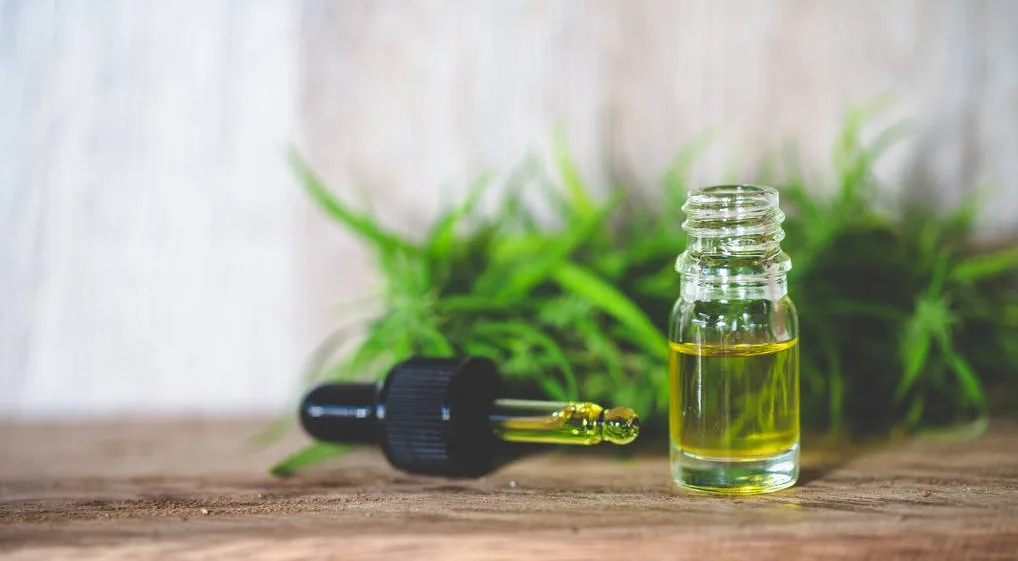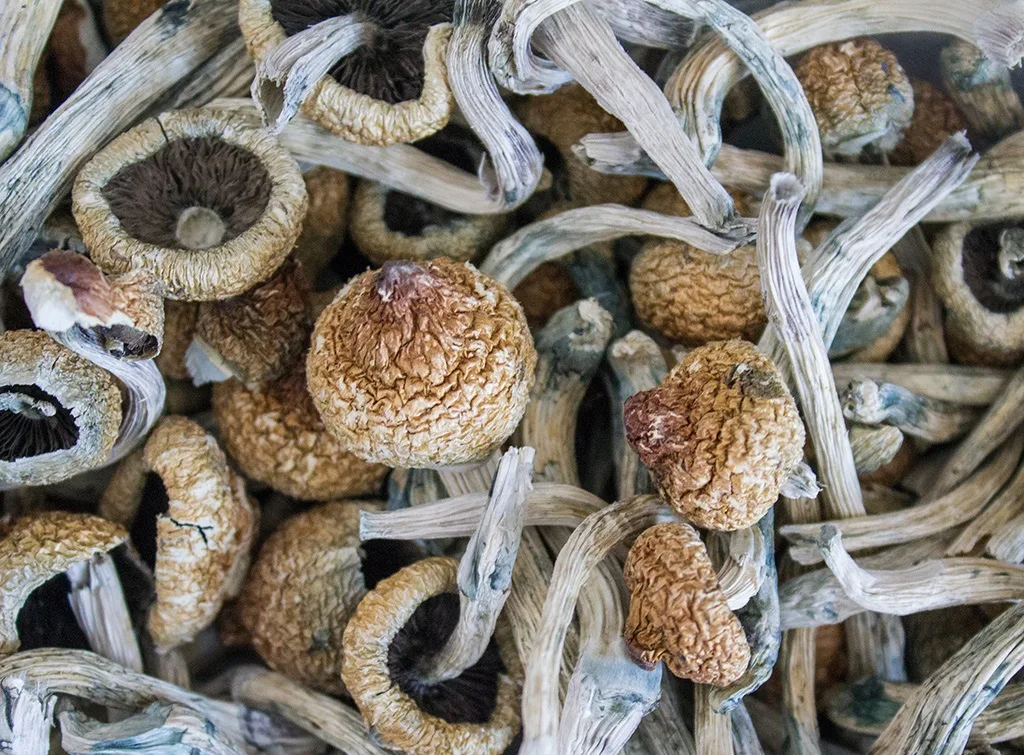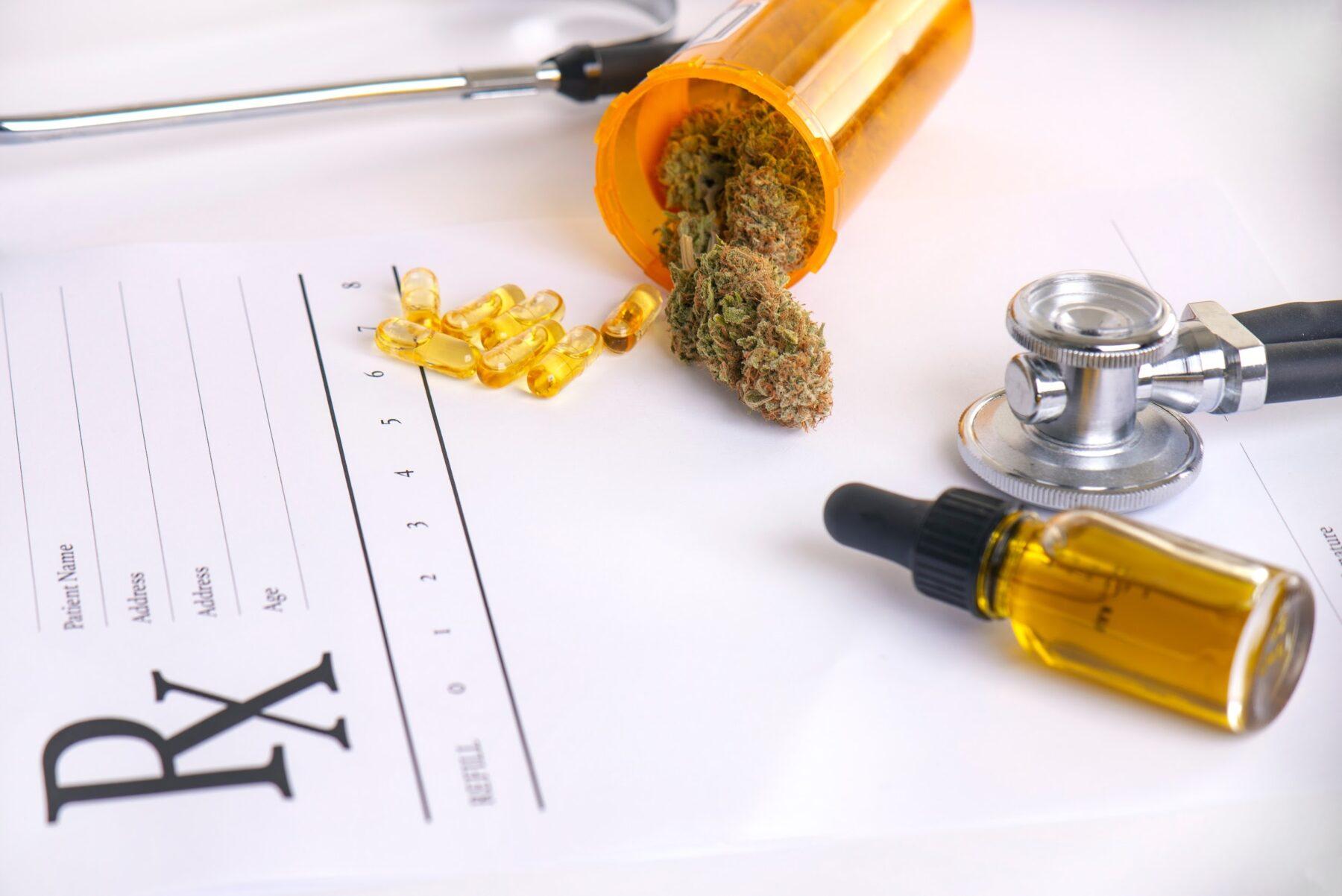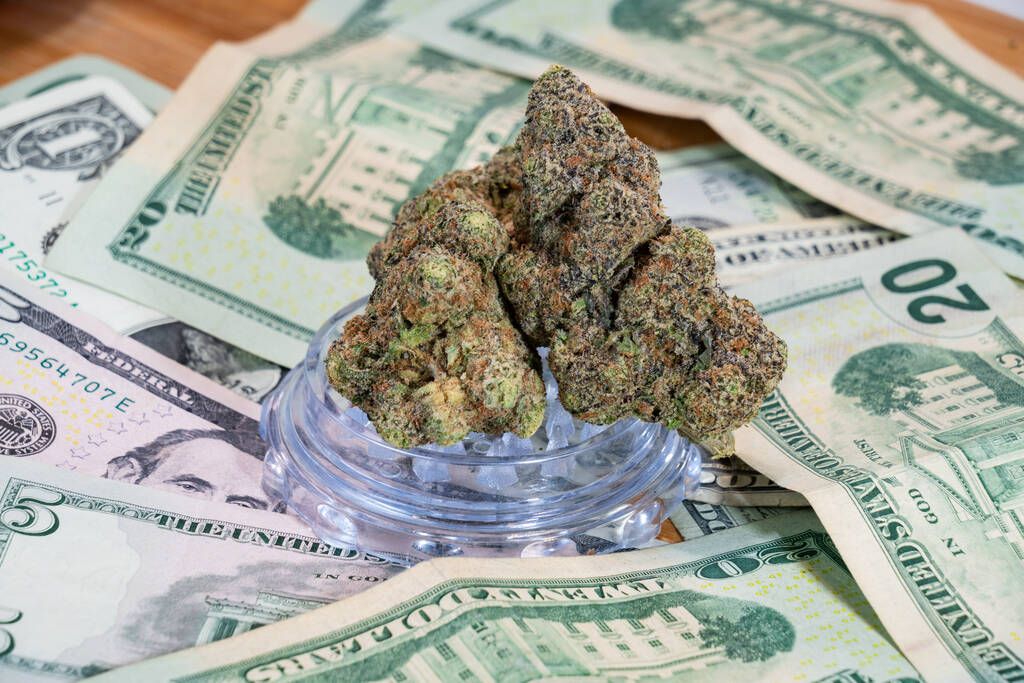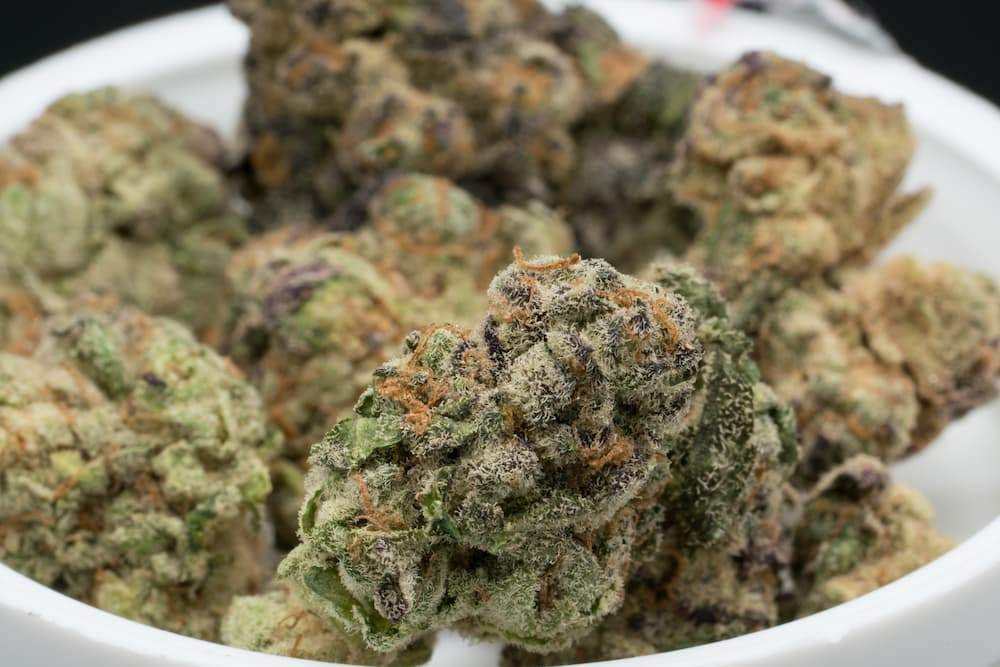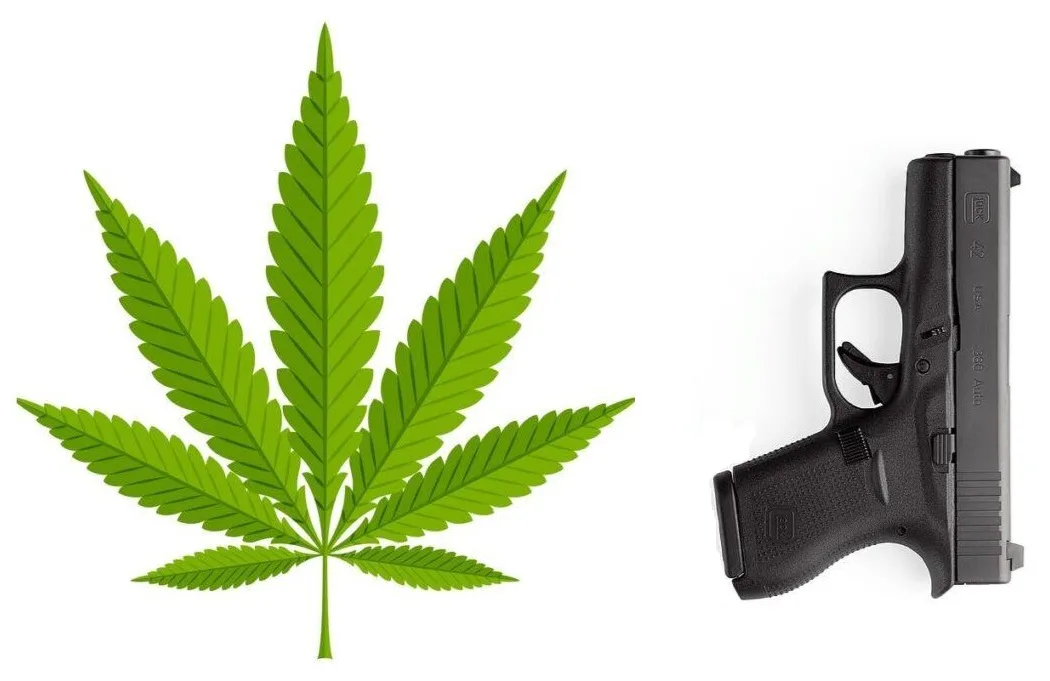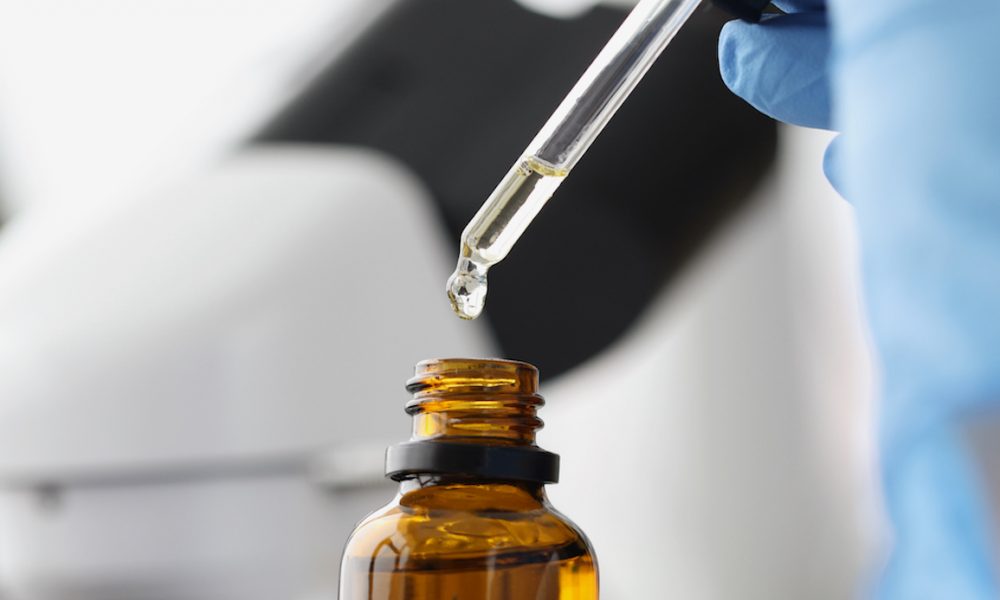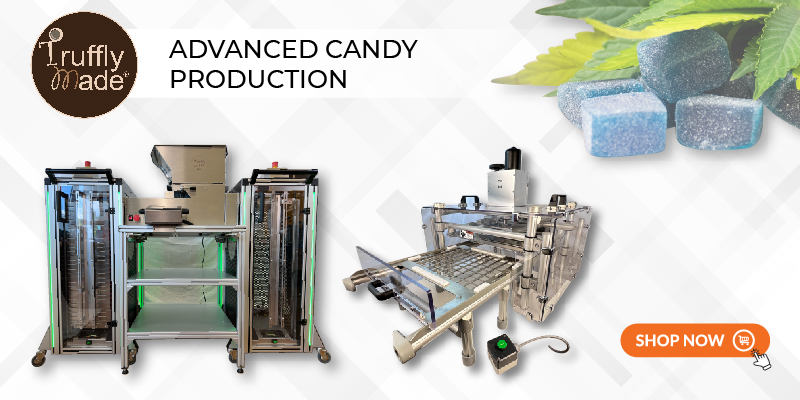A study published in the journal Frontiers in Plant Science by researchers from Humboldt-Universität zu Berlin examines how different UV spectra and intensities impact cannabis growth, yield, and secondary metabolite composition.
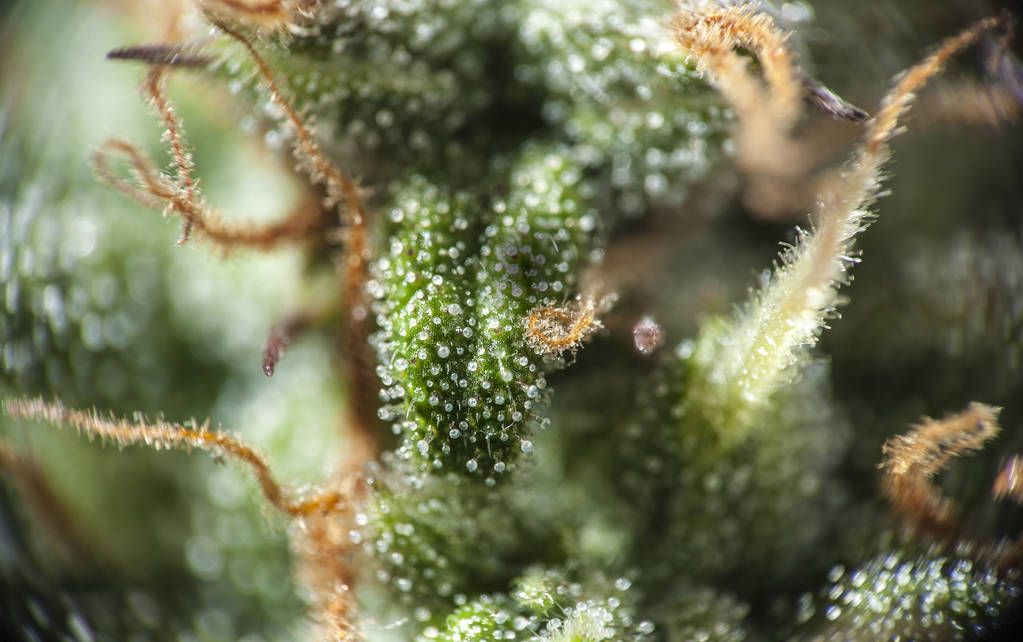
The study tested three UV light spectra at five intensity levels, analyzing their effects on photomorphogenesis, inflorescence yield, and the chemical profile of cannabis. While none of the UV treatments altered cannabinoid concentrations, significant changes were observed in terpene profiles under certain conditions.
Notably, the UV treatment labeled L3_1, which emitted UVA:B at a 99:1 ratio and an intensity of 1.81 W/m², increased concentrations of key terpenes. Compared to the control group without UV exposure, linalool rose by 29%, limonene by 25%, and myrcene by 22%. This treatment maintained consistent yield and cannabinoid levels, making it the most practical option for commercial cannabis cultivation.
Continue reading

